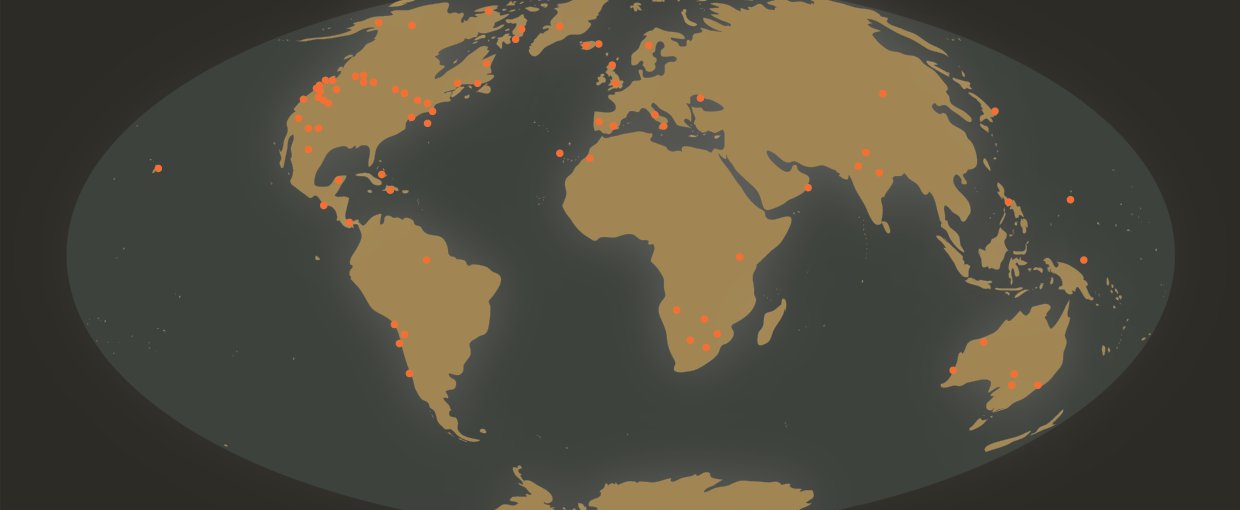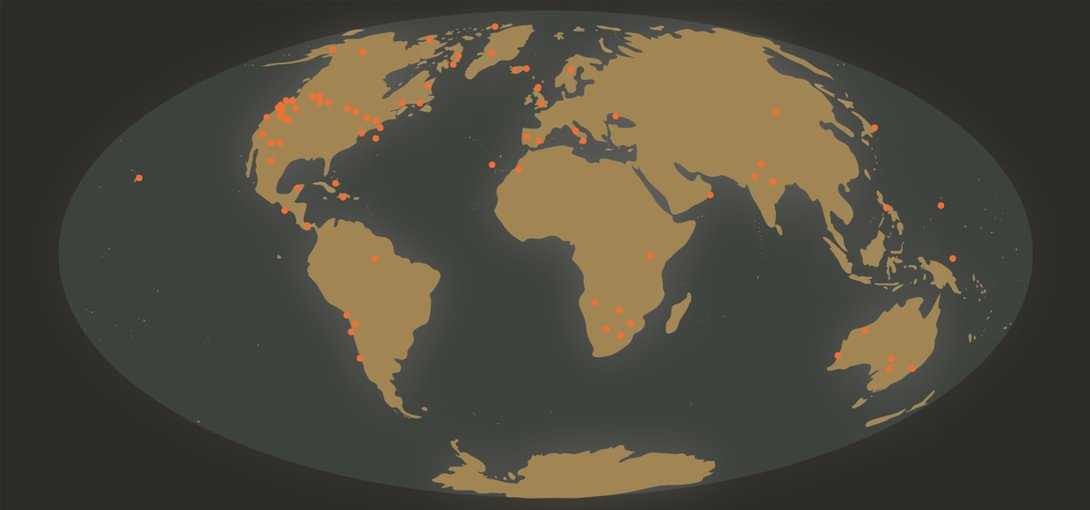The American Philosophical Society (APS) is the oldest learned society in North America, and a scientific sponsor of Lewis and Clark’s Corps of Discovery in 1804. This spirit of exploration continues today, and nowhere is it more visible than in the vision and efforts of the National Aeronautics and Space Administration (NASA). APS and the NASA Astrobiology Program partnered in 2006 to promote the continued exploration of the world around us through a program of research grants in support of astrobiological field studies undertaken by graduate students, postdocs, and early-career scientists and scholars who are affiliated with U.S. institutions.
Additional information, including the application forms and instructions, is available at the APS’s Fund for Exploration and Field Research in Astrobiology page at: http://www.amphilsoc.org/grants/astrobiology


